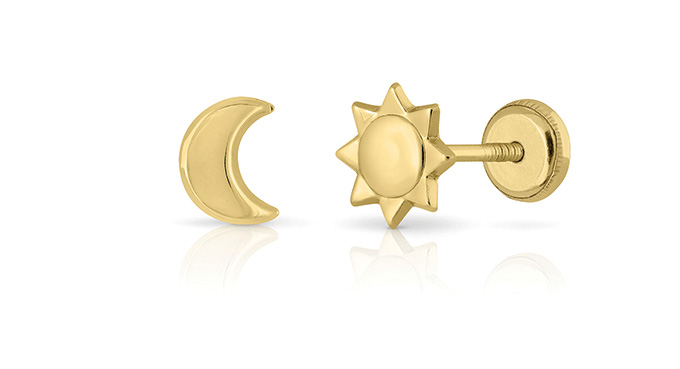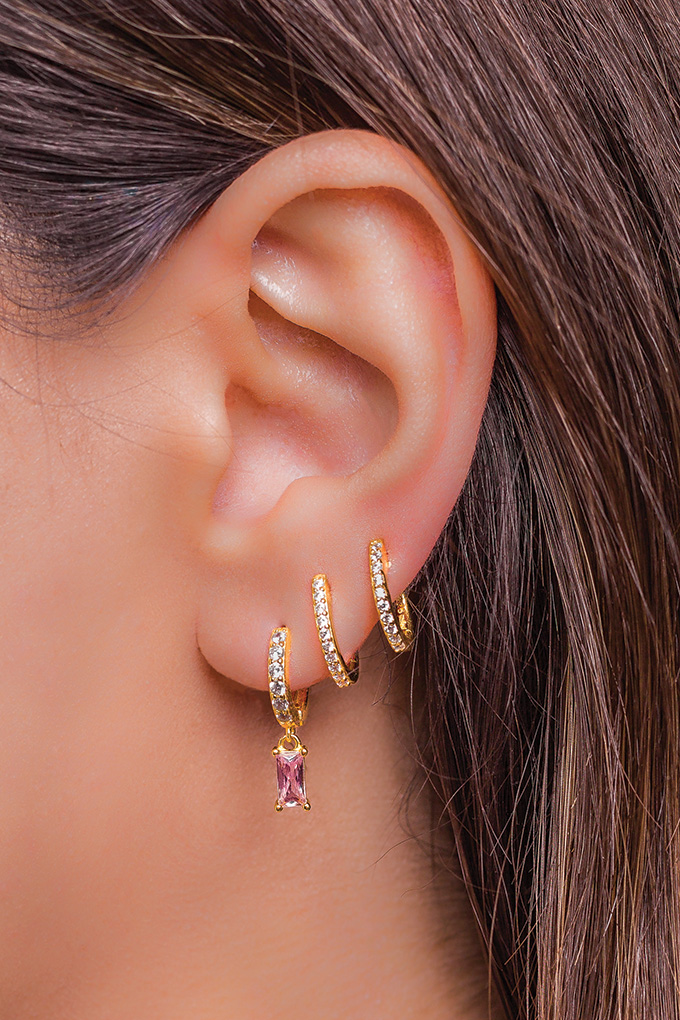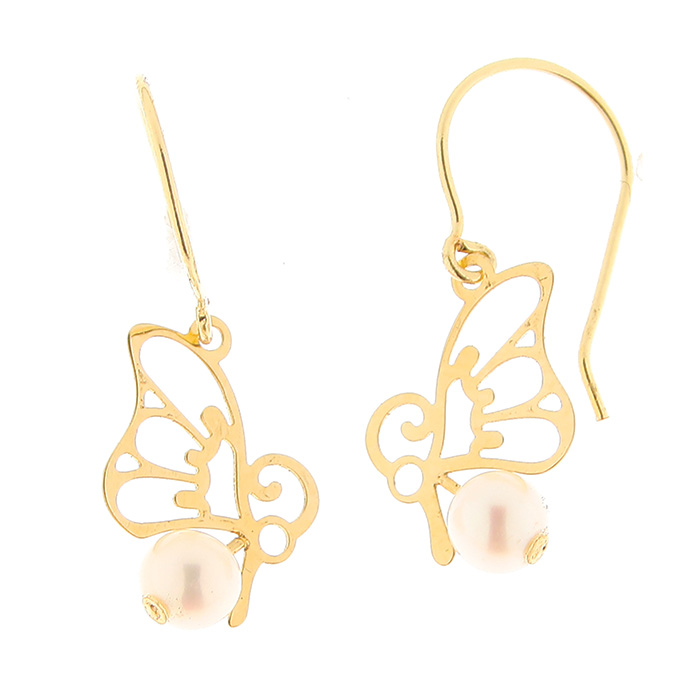Known for its expertise in children’s jewellery, Spain is also taking advantage of a rising demand for dainty jewellery pieces among a younger clientele.
This article first appeared in the JNA July/August 2024 issue.
Spanish jewellers are the industry’s go-to suppliers of expertly made fine-quality children’s jewellery, with top clients hailing from the major markets of the US and Europe, and Asia to some extent.
Leveraging their know-how in producing dainty and lightweight jewellery, companies are increasingly counting on solid demand for such pieces from young female buyers to further bolster sales.
New markets also present glowing opportunities for expansion and growth, according to manufacturers interviewed by JNA.
Market leaders
Pie de Rey Designs SL, a family-owned enterprise from Cordoba, Spain, specialises in the manufacture of a wide range of gold jewellery, from 9-karat to 21-karat pieces. Established in 1973, the company has over 9,000 designs in its inventory.
Mario Alonso, Pie de Rey’s export manager for Europe and the Middle East, said the company started exporting children’s jewellery in 2000. By 2010, 95 per cent of its production was being shipped to the US and the Middle East. It also has clients in a few Asian markets, specifically Malaysia and the Philippines.
US buyers favour 14-karat gold jewellery while 18-karat and 21-karat items are more popular in the Middle East. Majority of the jewellery pieces are 5mm to 6mm in size and adorned with coloured gemstones, freshwater pearls, mother-of-pearl as well as synthetic gems.
“We offer smaller, more affordable jewellery for children. That is our traditional market,” noted Alonso. “Recently though, our collections are finding favour among a younger demographic, specifically female teenagers and young women who want smaller pieces – multiple earrings, for instance.”
Ragui, another Cordoba-based jeweller, is also seeing steady demand for dainty jewellery among young female buyers. The company, founded in 1962, offers 8-karat to 18-karat gold jewellery, around 70 per cent of which are earrings. “We make very light items in plain gold or adorned with synthetic stones,” shared Rafael Guijo, managing director of Ragui. “I would say 50 per cent of our production are children’s jewellery and the other half is for young women.”
Its products are exported mainly to Western Europe, Australia, New Zealand, Saudi Arabia and the Philippines, to name a few. Among its target markets are China and India.
Growing business
Alonso of Pie de Rey said Spanish jewellers are constantly updating product offerings to cater to buyers looking for fresh and innovative ideas. Classic designs always perform strongly, though.
Pie de Rey launches new collections twice a year, in January and July, and each collection has around 400 to 600 items.
Finding new clients is also critical to business longevity, according to Spanish jewellery manufacturer JJ Bravo. Demand from North America – a new market for JJ Bravo – is driving steady sales for the company, revealed Director Rafael Jimenez.
“Business was up slightly compared to last year, fuelled by business in this new market. We are quite satisfied,” he added. “We mainly sell to Europe, and getting into North America post-Covid is a boost for us. We just started, so we are taking it slow.”
JJ Bravo has been producing jewellery in 8-karat to 18-karat gold since 1975. In terms of trends, Jimenez observed a rising preference for more affordable, everyday jewellery pieces, which is a growth opportunity for Spanish jewellery manufacturers.
Meanwhile, Norreslet, also based in Cordoba, met new buyers from Taiwan at an international jewellery show held in Hong Kong in the first quarter of 2024. The company predominantly deals with European clients.
“It was interesting as we have never worked with anybody from Taiwan before,” noted Nana Norreslet, owner of Norreslet. The company, established in 2013, manufactures Nordic-style earrings, pendants, rings, bracelets and necklaces in 8-karat to 18-karat gold and adorned with coloured gemstones, freshwater pearls and zircon. Some of the pieces are in plain gold. According to Nana, there is an increasing demand for drop earrings as well as small pearls and coloured gemstones.
The road ahead
Alonso of Pie de Rey said new and interesting jewellery designs are crucial to sustaining market demand. However, it has become challenging to find suppliers of small pearls, which figure heavily in the jeweller’s designs.
“It is quite difficult to find small pearls of 3mm to 4mm in diameter now, so prices for these items are on the rise,” he explained. “Pearl manufacturers are opting to produce bigger sizes.”
Some manufacturers also view more expensive gold as a hurdle as prices have been on the uptick since the beginning of the year. Data from the World Gold Council showed gold prices reached US$2,348.25 per ounce as of May 31, 2024, up from US$2,011.75/oz in mid-January. Prices hit a year-to-date high of US$2,401.5/oz on April 12, 2024.
End-consumers, however, are learning to appreciate the value of gold, based on jewellery sales during the holiday season in 2023, noted Nana. “This is a good sign because gold is increasingly being viewed as an investment whose value continuously goes up, as opposed to other luxury purchases,” she added.
Sourcing difficulties and high gold prices notwithstanding, prospects in the jewellery trade remain bright. According to Jimenez of JJ Bravo, establishing new markets as well as taking advantage of digital opportunities will benefit jewellery manufacturers in the long run. JJ Bravo is aiming to strengthen its online presence to expand its B2B reach, promote the business through a different channel and monitor emerging trends as well, shared Jimenez.
For Guijo of Ragui, the culture of gifting children with jewellery is here to stay and this bodes well for Spanish jewellers. He noted, “It is a big and important market as children are born every year. In some countries, jewellery is given to children before their first birthday. It is also given on many special occasions as a sign of affection.”

















